A lesson learnt early on
What is Camera Raw? What are you talking about?
Okay, simply goes. The images you shoot on any digital device are recorded in memory. On regular cameras, a memory card, on a smartphone in its onboard memory somewhere, or maybe a memory card. All devices will generally support recording these images as JPEG, but the camera 'processes' the image and then saves it. It also makes decisions on the style of the shot, the sharpness and the light balance before saving these changes to your file. The level of compression may be adjustable, but the more that is applied, the more detail is lost.
Let me show you. This is a shot from 2016 which was saved as RAW, before being lightly processed manually and saved as a JPEG for this post.
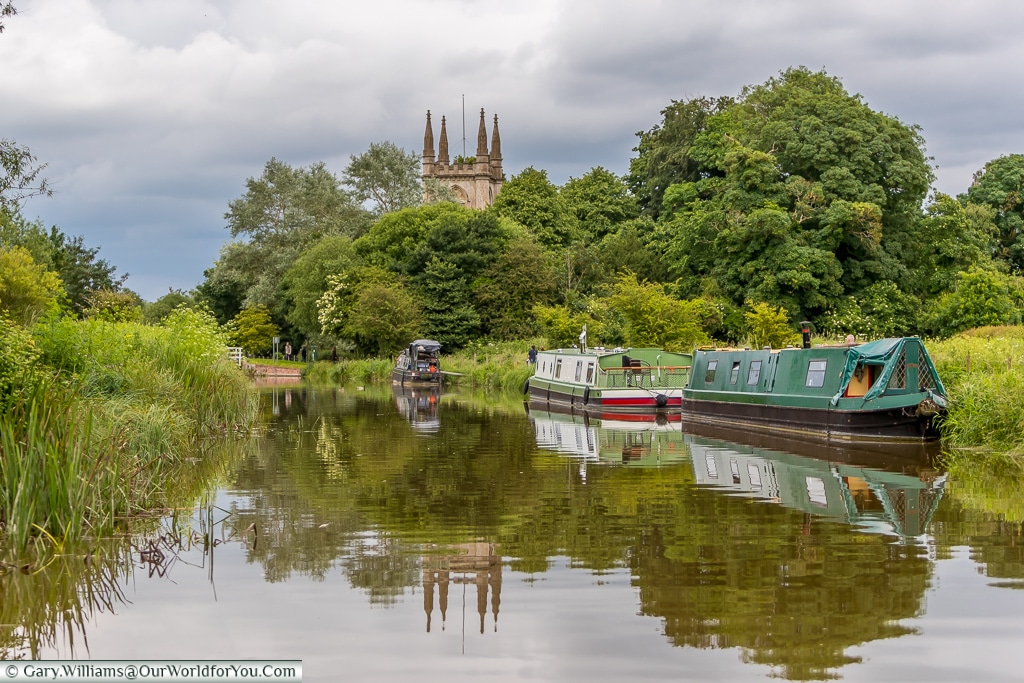
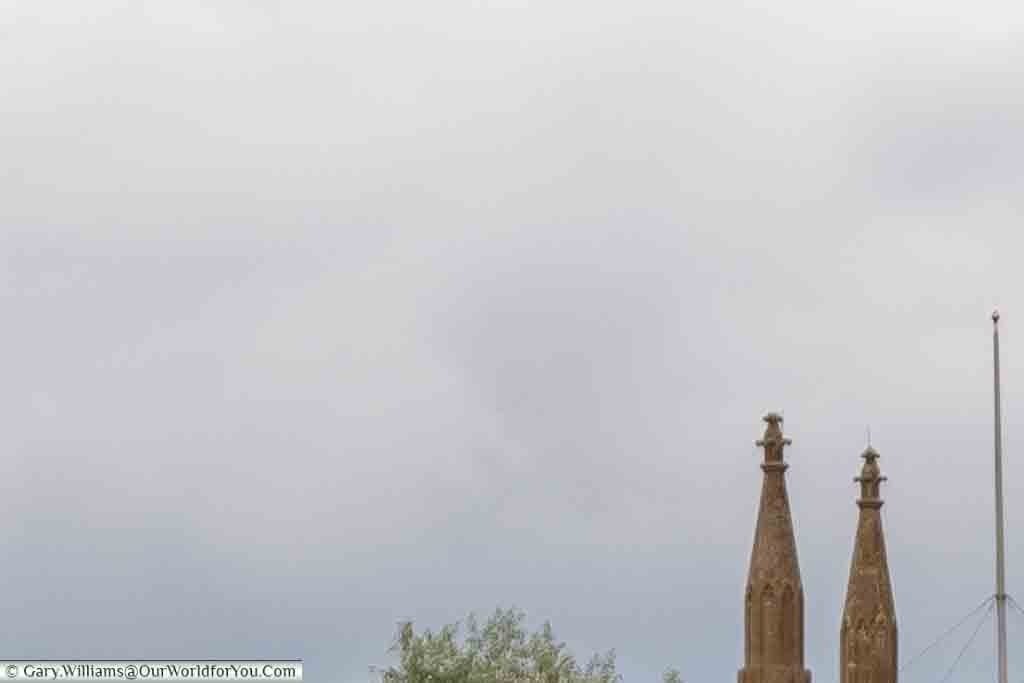
You'll notice the more compression applied, the more pixelated it will become. Whilst this will not matter in small images on the screen, if you want to print it out or crop the image, you'll notice the lack of quality.
Raw records your images exactly as the sensor captures them. This is great because once you have the raw images, you can process them as many different ways as you like and always have the original as a reference - a bit like a film negative if you remember the days of film!
Raw is exactly what it says - it's the raw data from your camera's sensor.
So if I shoot in raw everything will be better?
Errr No. You remember I said JPEG is a lossy compression file format. Well, that has its benefits.
The image above is 1.2 Mb as a JPEG at 20% (14.1 Mb at 100%), and as a raw file, it's 24 Mb. So you'll need more/bigger memory cards and more storage at home or in the cloud. Raw's a chunky monkey.
Also, being larger file sizes, it may well slow down the burst rate for shooting multiple images; that'll depend on your camera, but it normally is slower for raw.
Oh, and then the final sting in the tale, raw images need to be processed.
Yep, raw's strength may also be your weakness.
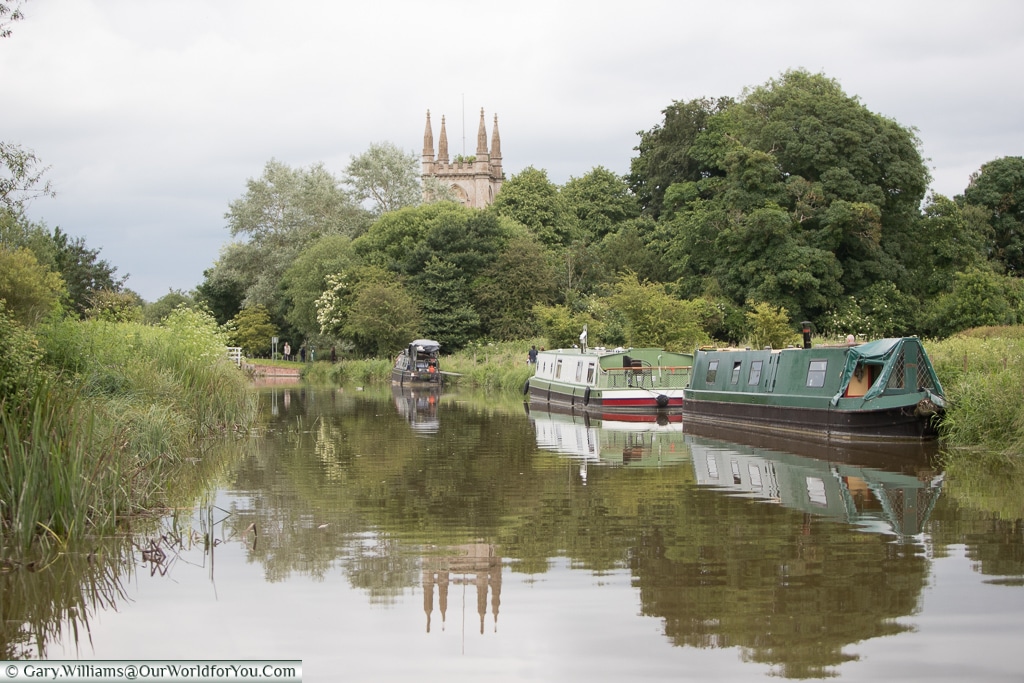
Urgh, really? Yep, as I said, the camera processes the raw data it captures, and it tweaks it to give you your final image. And most of the time, it does a reasonable job, plus you may have a choice of selecting the image style, which helps the camera out again. The problem is once the camera has done its work, it saves the output as the JPEG and any other info recorded by the sensor at the time is lost.
So if we're working with RAW, we can get the most out of the shot.
Now the camera manufacturer will have provided you with some raw editing software. However, despite Canon's offering being quite good, I prefer to use Adobe's Lightroom, partnered with Adobe's Photoshop, as my editing suite of choice. So from the raw image above, I am able to extract this;
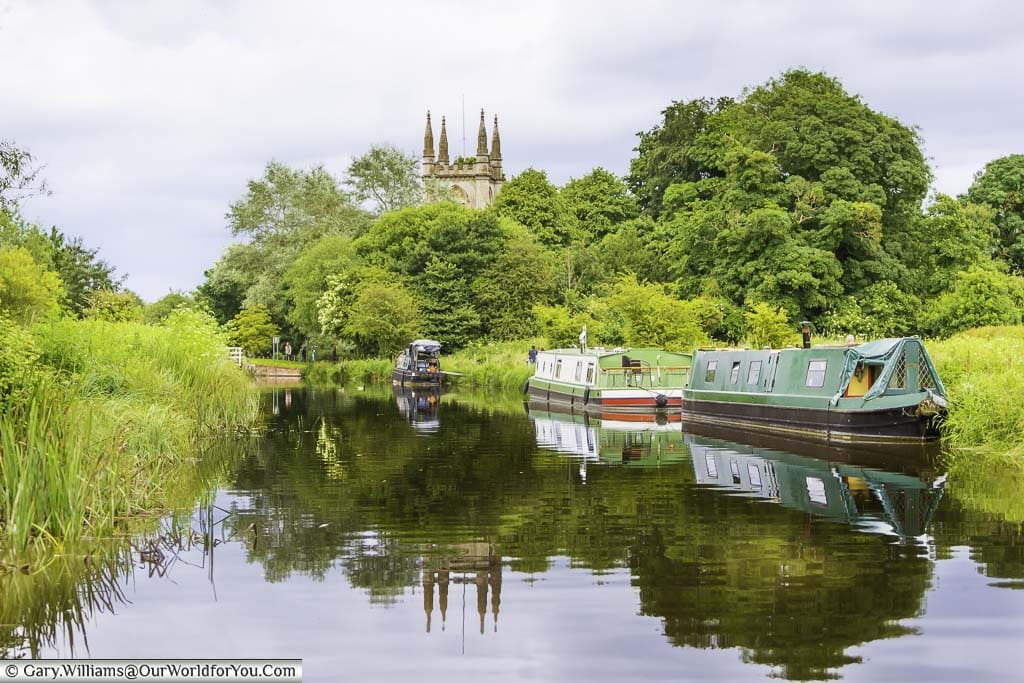
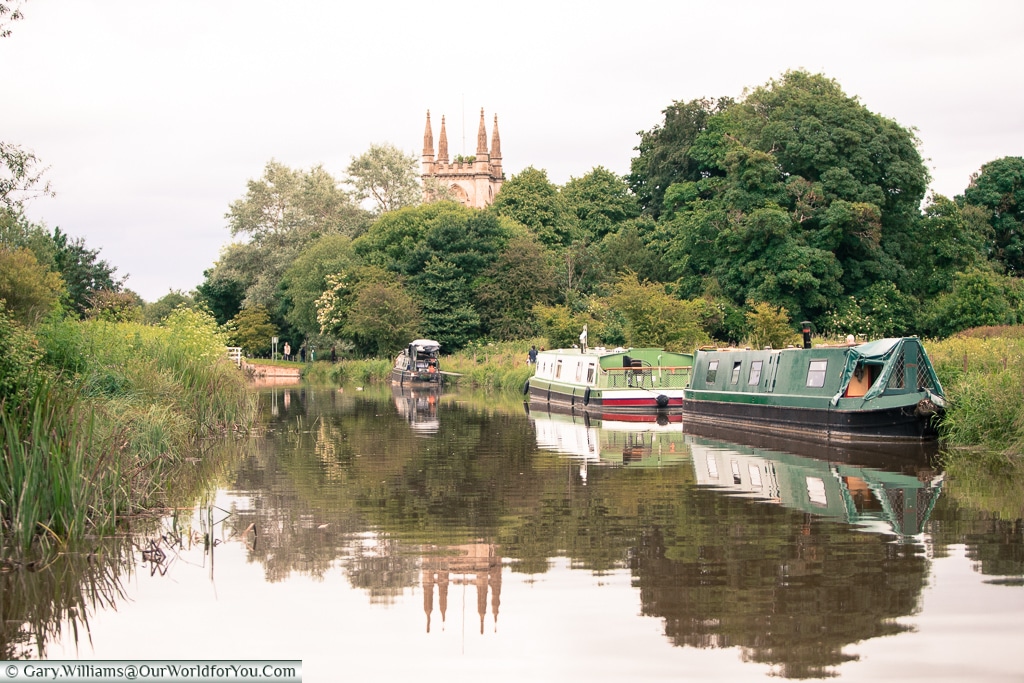
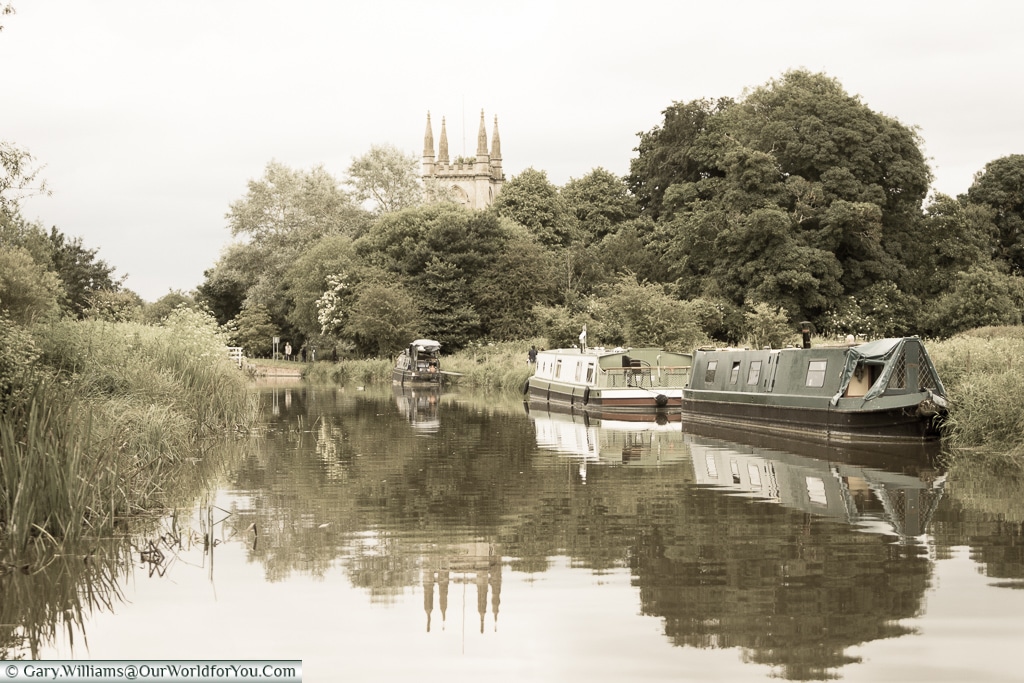
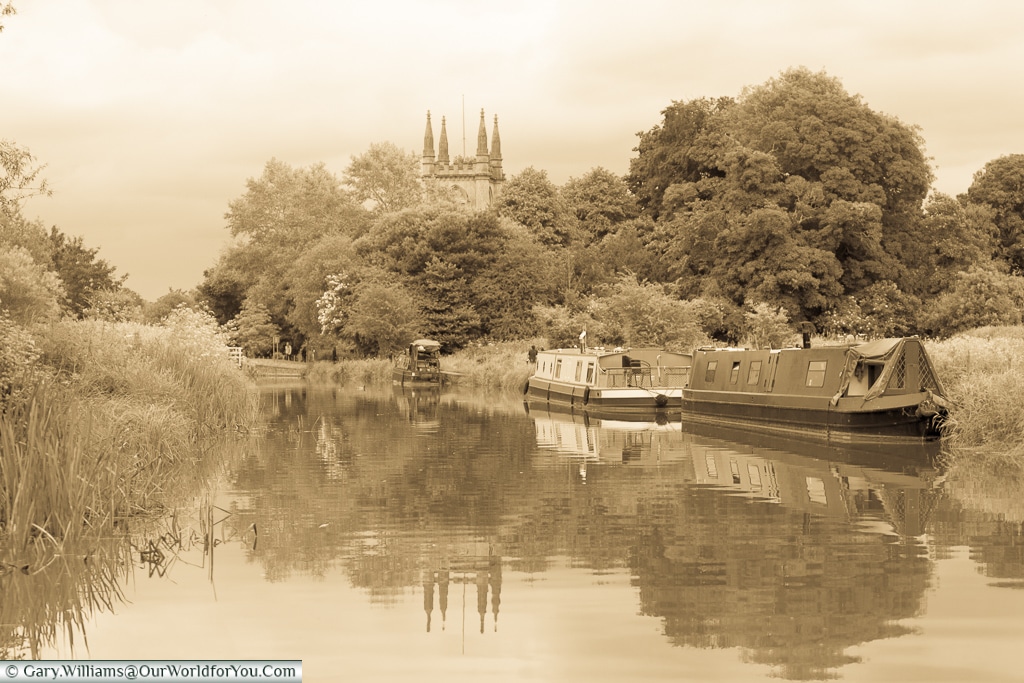
With an 'Antique' look applied.
But there's more. Add to that DXO's NIK Collection of plugins, and I can create further variates at a simple click of a button or two within Adobe's Photoshop.
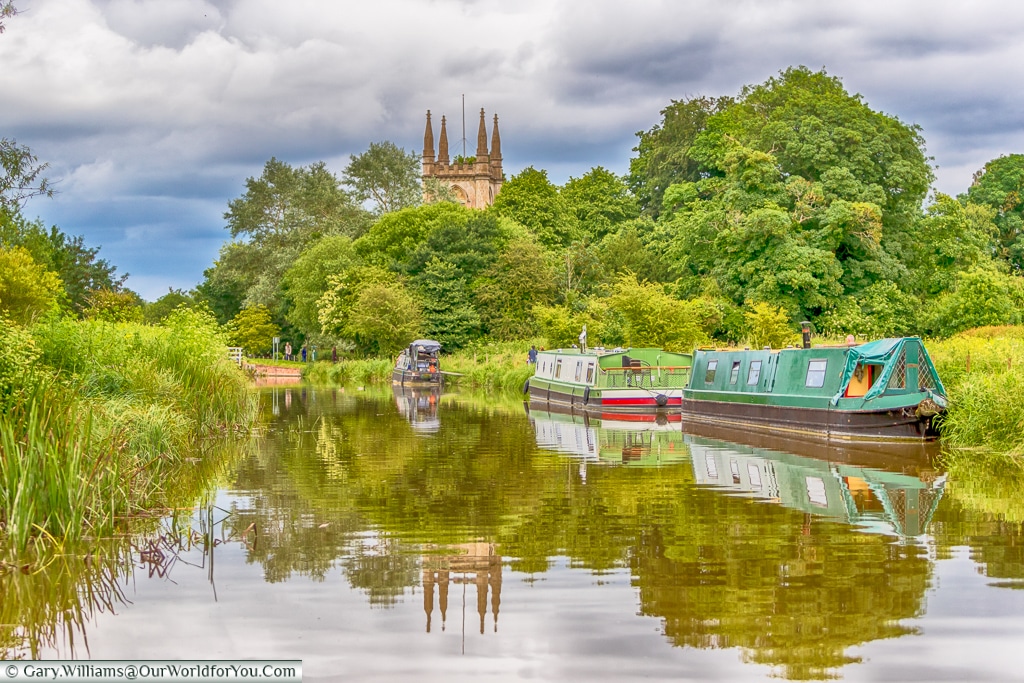
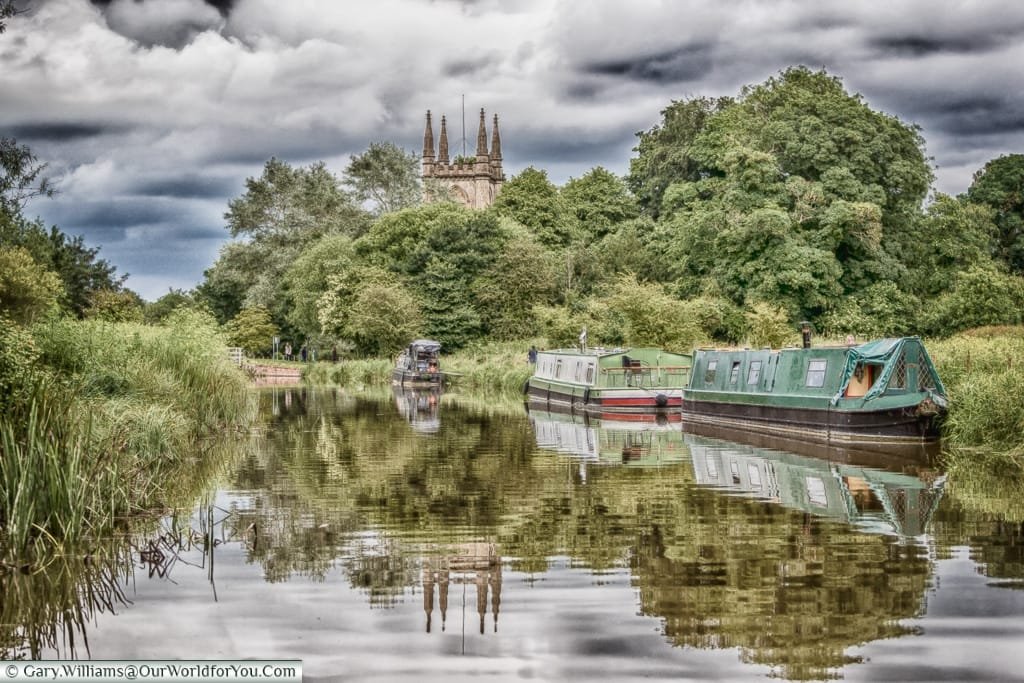
Then something darker using the 'Sinister' default.
If Black & White photography is your thing, then check out the Silver Efex Pro 2 module. There are 38 presets to get you started, and then you can create your own styles from there.
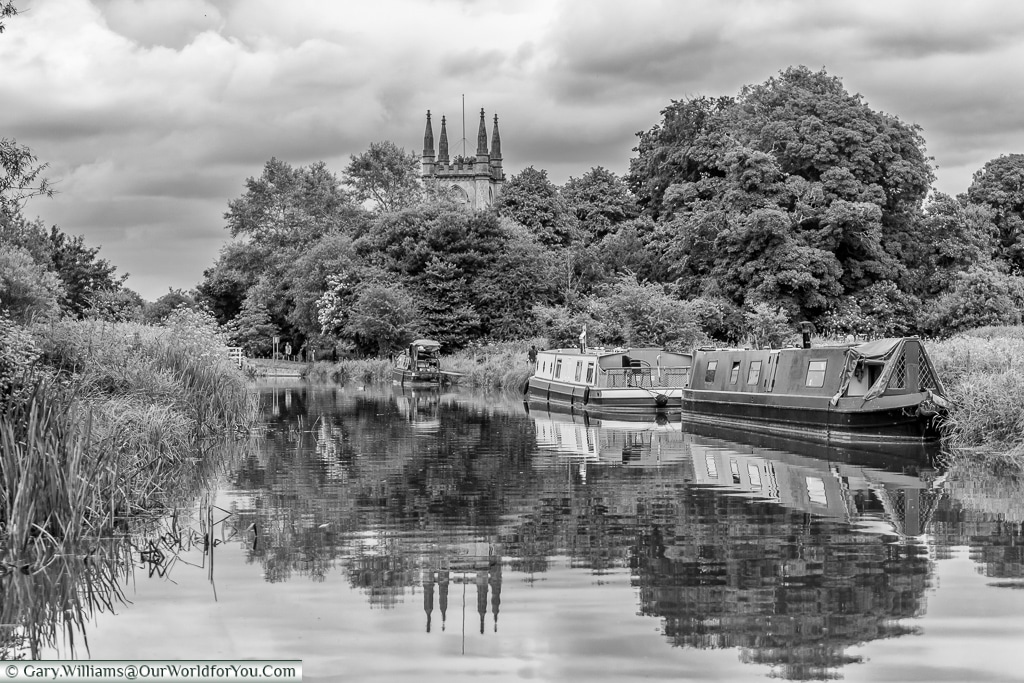
Any other downsides?
With larger file sizes, that means larger memory cards, or more of them, or both. It also means more storage either back home, in 'The Cloud', or on the road with you. Something to consider before switching to RAW.
Something I didn't on a 2004 trip to New York. I started to notice the impact of the larger file sizes and had to switch to JPEG. It's the only time I have changed back to JPEG.
Also, you'll be editing larger files, so your PC/Mac/Laptop needs plenty of memory; otherwise, the process can become rather painful.
Another thing to consider is disappointment. As I said, RAW images need to be processed most of the time. You may be able to select a preset, but often, straight out of the camera, they may look flat and less sharp than you would have hoped for. That's okay; you can do that now; it's your choice - if you've shot in JPEG, your camera has already saved a predefined version.
So why shoot in camera RAW?
What won't RAW help with?
In summary
If you switch to RAW, you're giving yourself a chance to go back to old shots and improve them as your skills develop. You won't regret it - I promise.
Why shoot in RAW format? Hopefully, I have provided a compelling cases for shooting in RAW, if your camera supports it, and you're serious about photography.
Have You?
* This post may contain links to affiliated sites where we earn a small commission at no additional charge to you.
